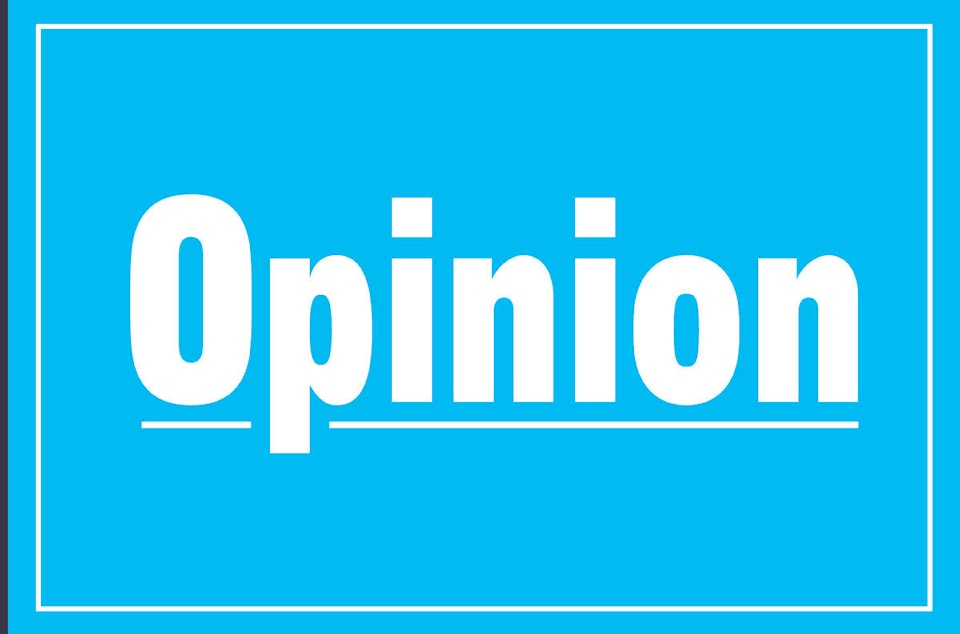The federal government’s big, fat climate plan that it finally rolled out on Friday is bold to the point of being brash.
In the name of surpassing its 2030 targets, the plan aims to dramatically hike carbon taxes, spend billions of dollars on retrofitting homes and commercial space, and dangles interesting incentives for carbon-heavy companies to change their ways.
For regular people, it would mean progressively higher prices at the pumps, bigger home-heating bills, but also more trees and fresh air, and a cleaner conscience. And a rebate cheque four times a year to pay families back for all they spend on the carbon tax.
All in all, it’s $15 billion, a carbon price that climbs by $15 a tonne each year after 2022, and a goal to cut emissions by at least 32 per cent below 2005. The rapid rise in the carbon price, in particular, took even close environmental allies of the Liberals by surprise with its ambition.
It’s the blueprint that was missing in the Liberals’ promises of the last federal election campaign, and it will certainly be central to the next one.
The Liberals will need to hang on to that brashness if this plan is going to work. It’s already meeting resistance, and we’ve seen the Liberals lose their resolve before on this file.
The federal Conservatives lost no time Friday in pointing out that just over a year ago, during the 2019 election campaign, the Liberals would not clearly admit what was obvious to everyone: that the carbon price needed to rise steeply after 2022 if it were to be meaningful.
For the Conservatives and their allies, that means it’s akin to a tax hike.
“This is a government too cowardly to look people in the eye and tell them that their lives are about get more expensive,” Aaron Wudrick, federal director of the Canadian Taxpayers Federation stated.
Never mind that the increase would come in 2022, not now, and that almost all taxpayers would get their money back in rebates that rise over the years.
But the biggest challenge to the Liberals’ resolve on the climate file may not come from the Conservatives - at least, not at first.
Rather, that challenge could perhaps come from the courts. The Supreme Court of Canada has yet to rule on whether Ottawa has the power to impose carbon pricing regimes on provinces, and that ruling could make or break the climate plan. In an interview on Friday, Environment Minister Jonathan Wilkinson said he and his Liberal cabinet colleagues were quite sure they would win the case.
They’d better be sure, because the success of the climate plan leans heavily on a rising carbon price. And there is no plan B, officials said.
Another challenge will definitely come from some of the premiers. Ontario’s Doug Ford was first out of the gate on Friday, slamming the package as a job killer.
And a challenge will also come from the private sector – not because business is an unwilling partner in moving to a low-carbon economy, but because it’s tough work to switch from a country that draws so much wealth from fossil fuels to a country that prospers through clean energy and cutting emissions.
Wilkinson has thought this through and has lined up quite a few measures to ease the way.
The package laid out on Friday aims to give companies time to comply with requirements to use cleaner fuel. Wilkinson commits to moving in lockstep with the United States so that Canadian companies, especially in the auto sector, won’t be less competitive.
There’s $3 billion for large emitters to adopt emissions-reducing technology. There’s $1.5 billion for producing cleaner fuels. There’s a commitment to finance green electricity. Wilkinson signalled that help will be on the way for workers caught up in the transition. And more.
The hope, says Wilkinson, is that companies, especially large emitters, will internalize that the world is warming, the investment climate is changing too, and that the federal government will give them a hand in adapting to a low-carbon marketplace.
This plan has been years in the making and is still vague in many areas, requiring legislation, funding, collaboration with provinces and loads of goodwill from regular Canadians to change their ways before the country can make peace with a low-carbon economy.
That dollop of brashness that the Liberals showed on Friday will need to carry them through many more hurdles before they can claim success.
Heather Scoffield is a National Affairs writer.
